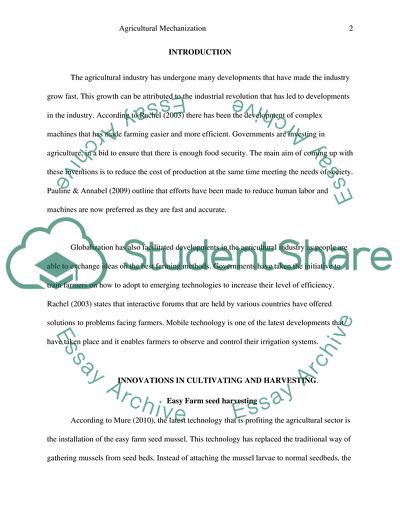Cite this document
(Farming Technology: Agricultural Mechanization Research Paper, n.d.)
Farming Technology: Agricultural Mechanization Research Paper. Retrieved from https://studentshare.org/agriculture/1816197-technology-machines-on-the-farm
Farming Technology: Agricultural Mechanization Research Paper. Retrieved from https://studentshare.org/agriculture/1816197-technology-machines-on-the-farm
(Farming Technology: Agricultural Mechanization Research Paper)
Farming Technology: Agricultural Mechanization Research Paper. https://studentshare.org/agriculture/1816197-technology-machines-on-the-farm.
Farming Technology: Agricultural Mechanization Research Paper. https://studentshare.org/agriculture/1816197-technology-machines-on-the-farm.
“Farming Technology: Agricultural Mechanization Research Paper”, n.d. https://studentshare.org/agriculture/1816197-technology-machines-on-the-farm.


